I’ve just watched Jeff Bezos and his New Shepard spacecraft complete their eleven minute trip to the edge of space and I have to admit I’m underwhelmed. The fact that a private citizen can now accomplish what NASA succeeded in doing back in 1961 with Mercury-Redstone does not seem like much progress to me even though the news media insist on calling the flight ‘historic’.
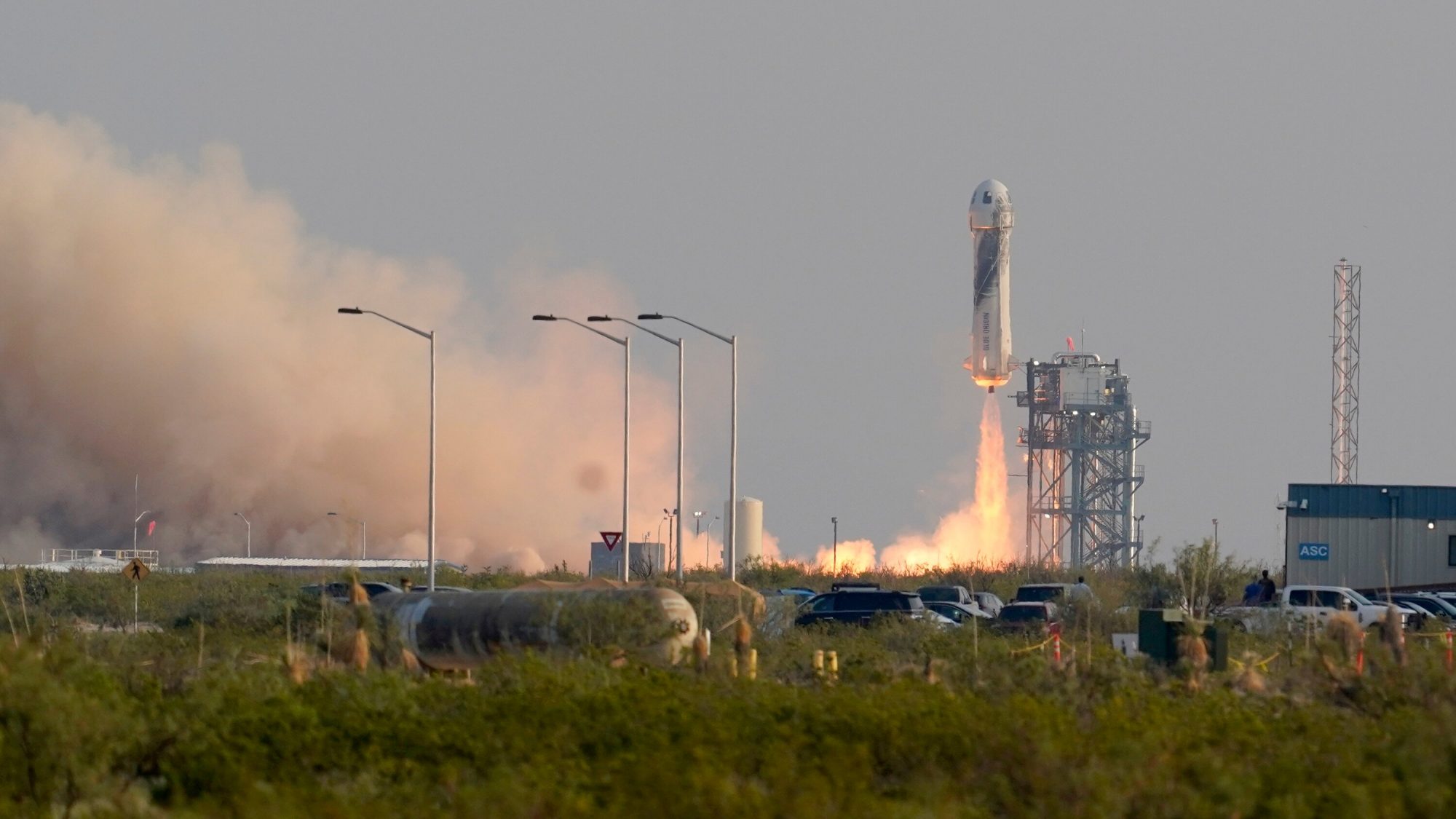
The date of Blue Origin’s first manned flight on the 20th of July was deliberate to honour the 52nd anniversary of Neil Armstrong’s becoming the first man to set foot on the Moon. And Bezos also chose his crew with an eye to making headlines by including female aviation pioneer Wally Funk, who trained as an astronaut back in the early 1960s only to have NASA completely ignore her. At 82 years of age Wally also became the oldest person to travel into space while fellow passenger Oliver Daemen became the youngest at 18. All of which is good advertising for a company looking to establish its market share in a new industry.
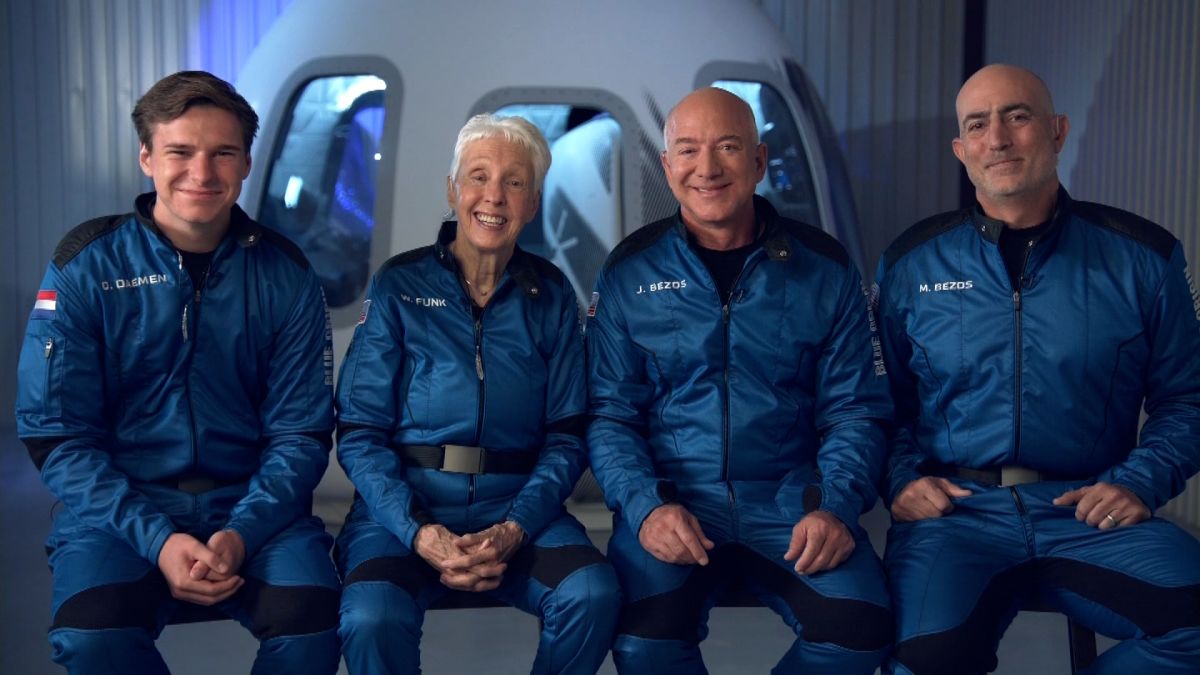
It is true that unlike Alan Shepard’s flight the world’s richest man was able to take three other people with him and while Shepard could barely move around in his Mercury capsule the New Shepard capsule has enough room for everyone to enjoy zero g for a few minutes. Nevertheless New Shepard is really nothing more than a thrill ride, the world’s biggest, and by far most expensive roller coaster ride.
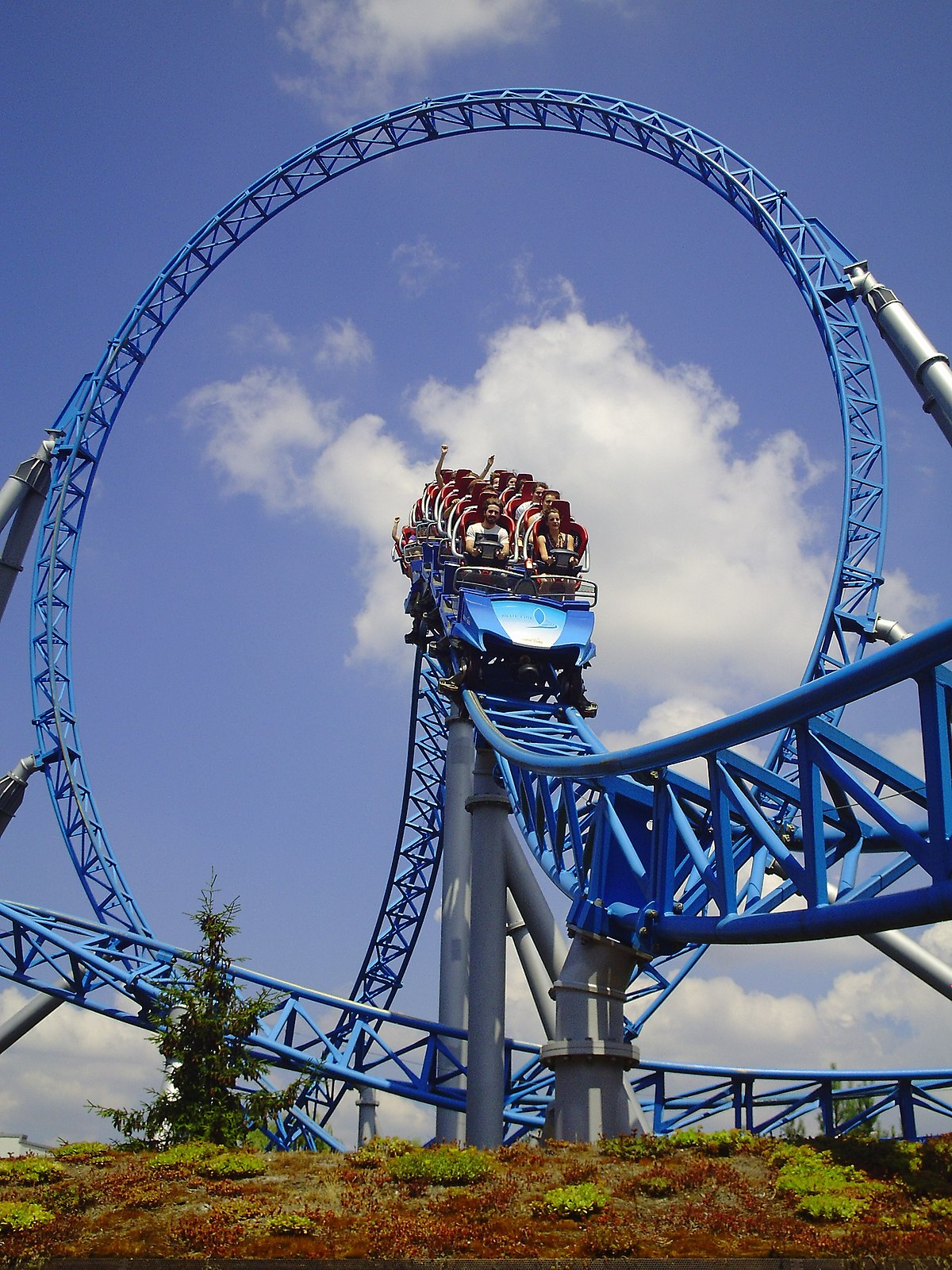
Bezos’ company Blue Origin expects two more flight’s of New Shepard this year and as many as half a dozen next year. If enough people are willing to pay the yet to be officially announced ticket price then Blue Origin could build more spacecraft to accommodate more flights and maybe before to long several hundred people a year could be getting their astronauts wings.

The same is pretty much true of Richard Branson’s Virgin Galactic flight to the edge of space nine days earlier on July 11th. Branson’s SpaceShip 2 is actually based upon the US Air Force’s X-15 program, again a program from the early 1960s. The X-15 proper was a rocket plane that was attached beneath an Air Force bomber and lifted about 20 kilometers into the atmosphere. There the X-15 was dropped from the mother plane so that it could light its engine and fly to the edge of space before returning as a glider, just like the later space shuttle.
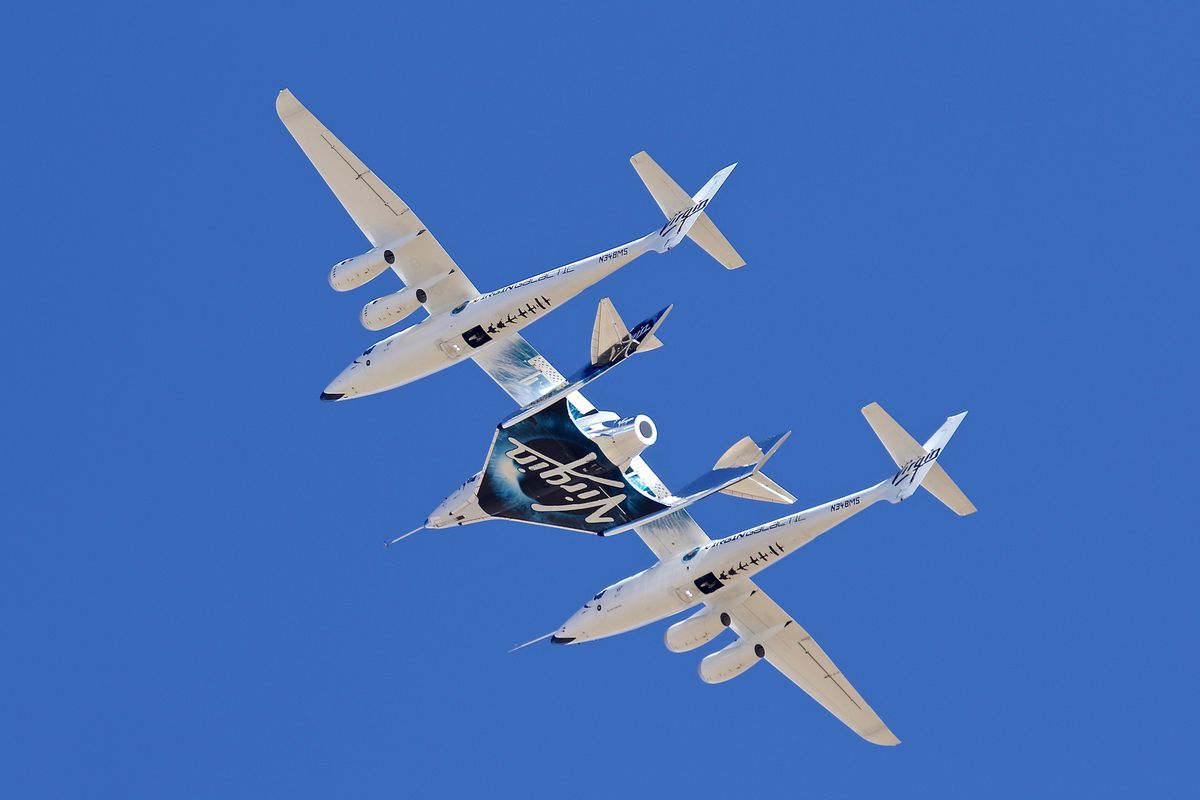
Virgin Galactic’s SpaceShip 2 and its mothership follow basically the same flight path, the mothership carries SpaceShip 2 aloft and then drops it so that it can ignite its engines and fly off to the edge of space. The only real difference is that unlike the X-15, which carried only its pilot, SpaceShip 2 can carry up to six people, five paying passengers plus the pilot and once again contains enough room for those passengers to enjoy zero g for a few minutes.
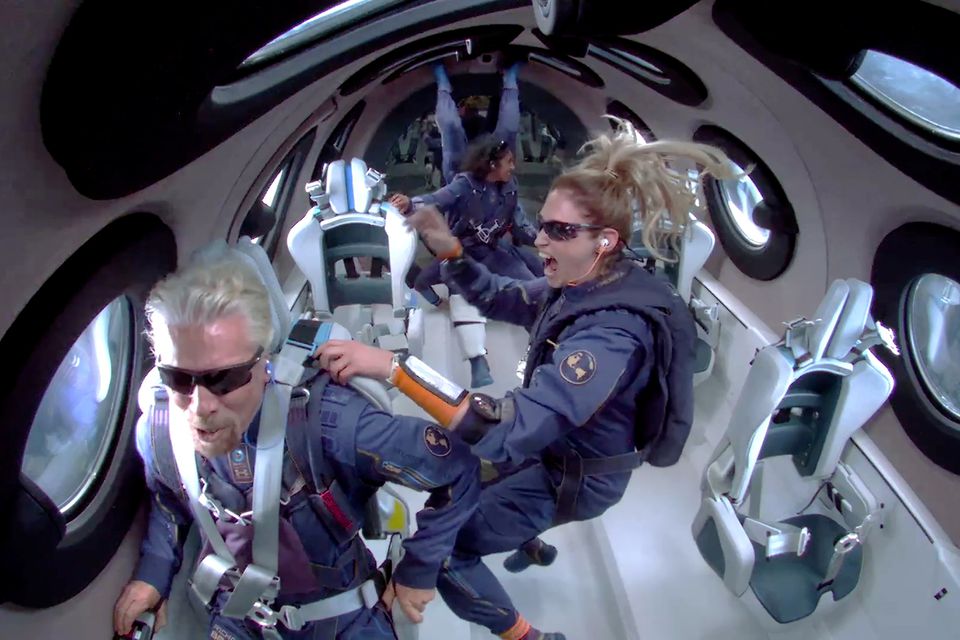
So if both flights just mimicked missions from the early 60s why did the news media make such a hullabaloo about them? Worst of all was the argument over whether or not Branson had actually gone into space. You see the US government insists on using imperial measurements and therefore defines space as an altitude of 50 miles. (I wonder if that’s the first time I’ve mentioned miles in these posts.) The rest of the world uses SI units and defines space as 100 kilometers, equivalent to 62 miles. Bezos and New Shepard crossed both boundaries but Branson and SpaceShip 2 only reached the lower altitude so they will have an asterix next to their status as astronauts. As if it really matters.
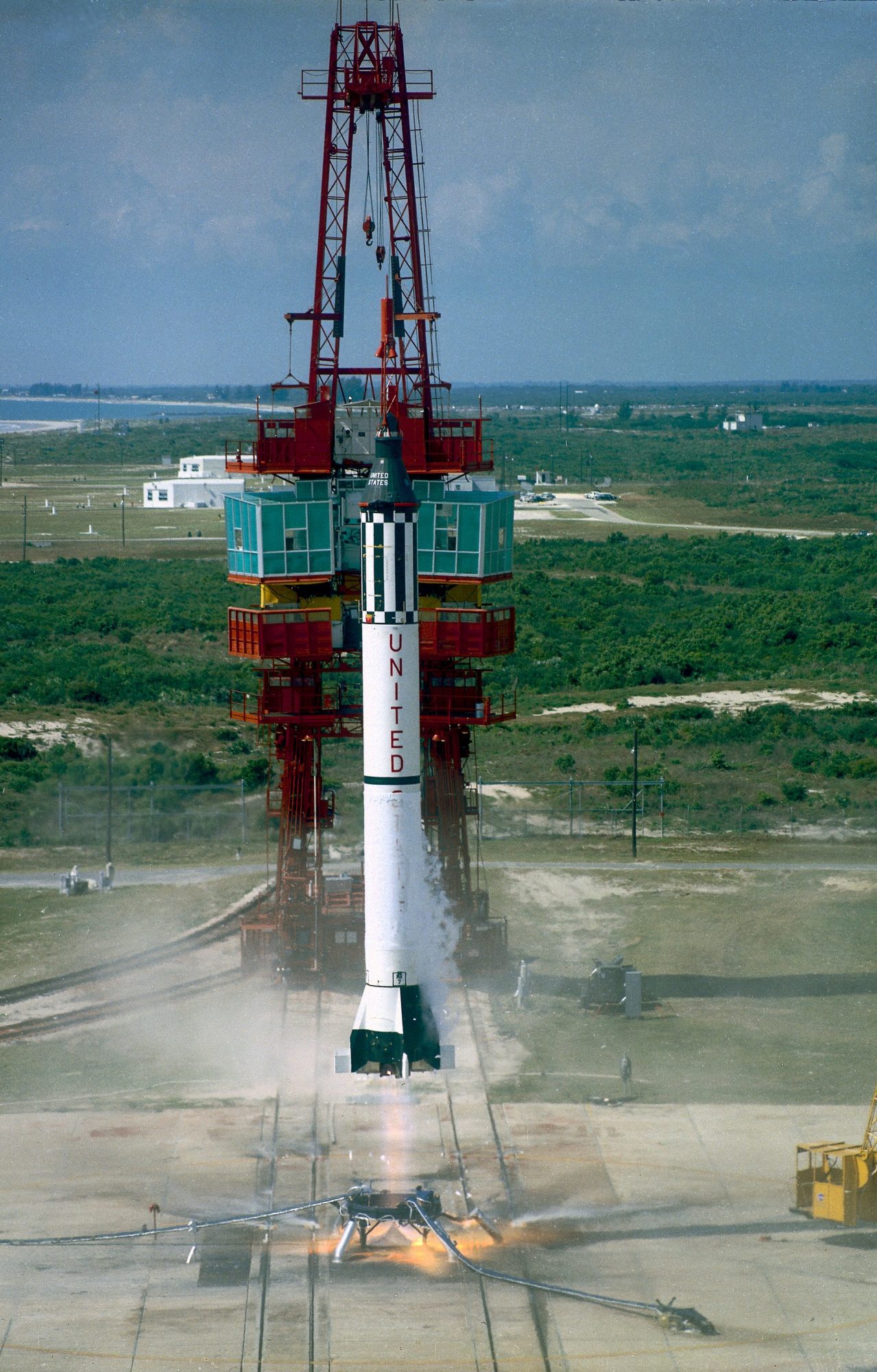
I suppose by now you thinking that I’m a real party pooper. Why can’t I just be excited that more people are going to get the chance to travel into space? After all, that will help build up more enthusiasm for space travel while developing new technologies that could be useful on more scientific and exploratory missions. And remember that both New Glenn and SpaceShip 2 are completely reusable, won’t that help to develop new, reusable technology for space travel in general.
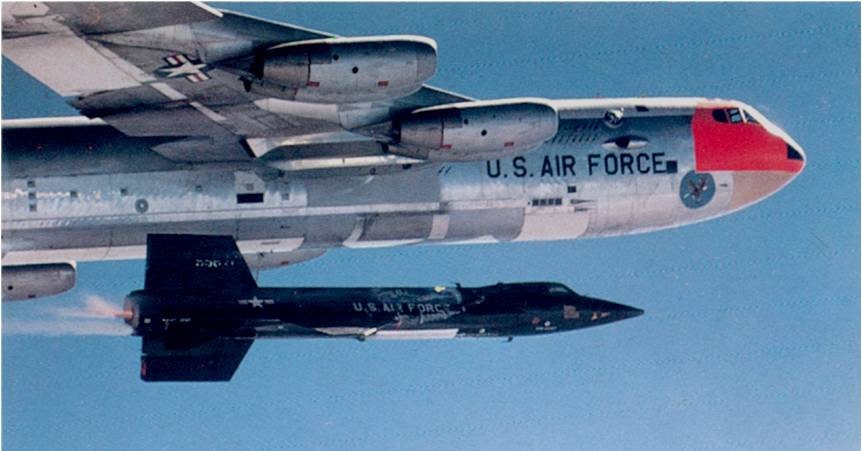
Maybe, but it is worth mentioning that another billionaire, Elon Musk and his Space X corporation have already succeeded in launching ten astronauts, real astronauts that is, into orbit along with numerous unmanned payloads with his reusable Falcon 9 rocket. And Musk at least has had the good sense, or perhaps good manners would be a better description, not to send himself into space in one of his crew dragon capsules. Seriously the fact that Space X is winning contracts to place useful payloads into orbit or beyond does kind of make the short, sub-orbital flights of Virgin Galactic and Blue Origin seem like nothing more than joyrides.

Looking into the future it is true that Blue Origin is developing a larger version of their rocket that will be both reusable and capable of placing payloads into orbit. This would make the company a direct competitor of Space X, which could help to further lower costs and therefore increase space travel in general.
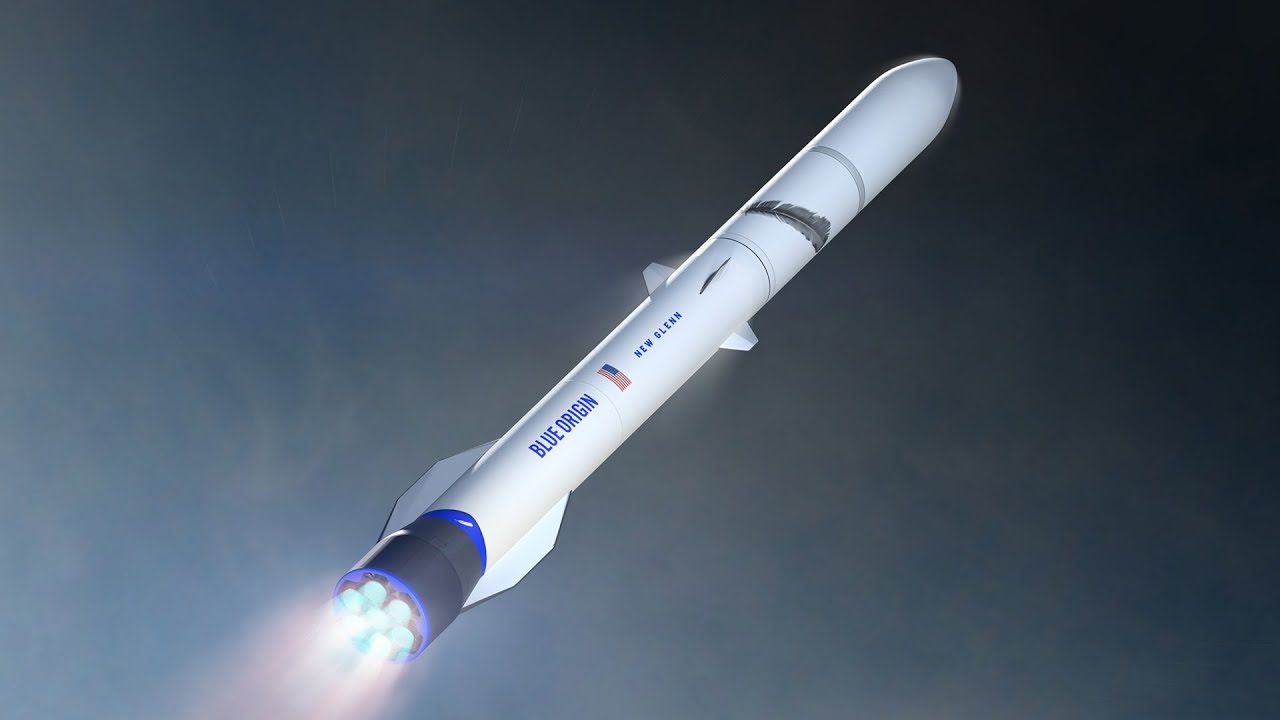
To the best of my knowledge however Virgin Galactic has no plans to develop any orbital version of their space plane. The company appears to be content to carve out a business taking rich people just high enough above the Earth’s surface so they can tell their friends that they’re now astronauts.
In recent years the commercialization of space has begun to pay off some real dividends. Astronauts are being taken to the International Space Station in larger numbers and at far less cost than either Russia’s Soyuz or the old Shuttle could do while the cost of unmanned space missions have also gone down. So I suppose the carnival surrounding the first launches of New Shepard and SpaceShip2 are a small price to pay for the progress that is being made.
